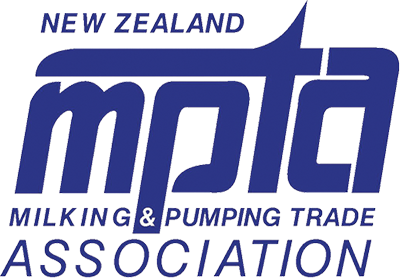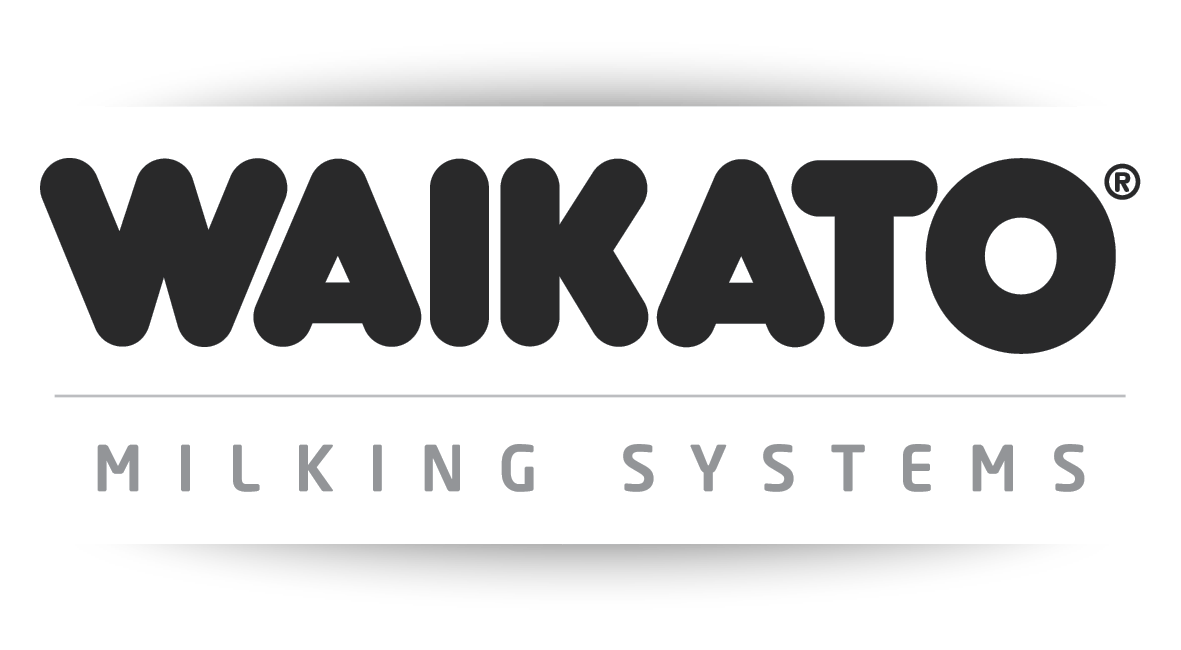Effluent water systems
/in Blog/by Bronwyn Shaw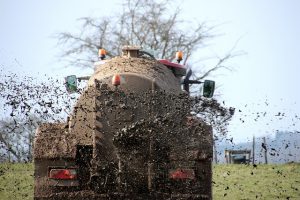
When managed correctly, dairy effluent can be a valuable resource that can increase pasture production and reduce your fertiliser costs.
When managed correctly, dairy effluent can be a valuable resource that can increase pasture production and reduce your fertiliser costs.
The key to solid effluent management requires a combination of a well-designed system and specific processes that not only correctly collect the effluent but distribute it in the right doses at the proper time.
This post will explore what makes an efficient effluent system and will outline important considerations when planning your system.
Let’s take a look.
Steps towards improved effluent management
We all know the environmental impacts of effluent and fortunately, New Zealand’s dairy farmers are leading the charge to improve the water quality in their regions.
New freshwater reforms are expected to result in almost 56,000km of fences to protect the country’s waterways from stock runoff and correct effluent management is being explored to also improve soil quality on dairy farms.
But what does correct effluent management actually look like?
Well, in the past, dairy effluent was viewed as a useless by-product of the milking process and a collection of waste at the feedpen. Managing this waste was always focused on the disposal of this waste. However, with ongoing research the industry focus has shifted away from a waste mentality to a resource utilisation approach.
Today there is a marked improvement in awareness around the importance of effluent management.
So how can it be implemented in your business?
Let’s break it down into steps.
Planning your effluent management
Detailed planning will be a vital part of developing an effective dairy effluent system that works specifically for your farm. Your farm’s individual characteristics, such as the soil type on your property, the distances to local waterways as well as how the system can be integrated into your existing infrastructure are only the first considerations.
It will also be important to implement management strategies such as fertiliser applications and irrigation management.
Choosing the most appropriate effluent system for you, whether it be pondage systems or direct application, will depend on what is most practical, easy to maintain and has the potential to return the most benefit.
Considerations for your system
Effluent systems are made up of different stages, which are integrated to form the total system. If established correctly, effluent stream will be carefully managed from its generation to its application and reuse. Here are the key stages:
Minimising the quantity of effluent
The more waste that your stock produce, the more that requires storage and application to pastures. Consider your feed strategies to establish if the volume of waste can be reduced at the source.
Maximising the quality of effluent
Establishing a process that will remove the coarse material from the liquid stream such as manure solids, fibre, debris, sand, gravel and stones reduces the likelihood of problems with other components within the effluent system. Particularly during the pumping, storage, conveyance and application stages.
Moving the effluent
How will effluent be shifted from the collection point to storage? Are you able to utilise gravity? What distances do you need to cover? The answers to these questions will establish which is the best setup for the job.
Storage and containment
Runoff is a major issue during NZ’s wetter months. How do you plan to contain the effluent within your property? Where and how will you store the effluent? These are your next main considerations, if not the most important. How can you protect your nearby water sources if you can’t prevent runoff during winter?
Distribution management
Though often considered the final stage in an effluent system, determining the end location for where effluent will be applied is actually a good starting point when designing the system. Your effluent will need to be applied over a significant percentage of your farm paddocks and ideally will be strategically linked to your farm soil fertility targets and fertiliser applications.
Ongoing evaluation and maintenance
The overall management and ongoing maintenance of an effluent system is often overlooked but remains the most important step of the process. Establishing the best system may be a case of trial and error, rather than plug and play. Keep an eye on the system at each stage of the process and aim for continuous improvement.
Management vs. Design
The number one reason that most systems fail is due to the failure of managers to re-evaluate and make adjustments over time. Be sure to factor in the costs of servicing, the overall difficulty and necessary frequency of maintenance and the distribution of staff responsibilities and you will have an efficient system to be proud of. The dairy industry will always face criticism in the face of environmental degradation. However, these quality steps in the right direction mean your farm is less likely to be a contributor to this ongoing issue.
Riparian Planting- Planting to keep waterways clear
/in Blog/by Bronwyn Shaw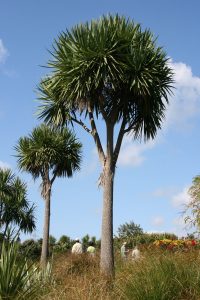
The upper bank zone is on higher ground but may still be partially flooded every couple of years. Dairy NZ suggests using flaxes, grasses, shrubs or trees which provide shade and shelter.
New Zealand summers would not be the same without picnics and swimming at our pristine rivers. But, future generations may miss out on these experiences due to the freshwater crisis that New Zealand ecosystems face today.
Land use associated with dairy farming affects local ecosystems and is linked to the reduction of the quality of our waterways.
Did you know that 44% of all monitored lakes are polluted beyond the point of eutrophication, and 62% of our lowland rivers have more pathogens than are safe to swim in.
But, there are planting strategies you can implement on your property to protect the environment around you.
Riparian management allows for the everyday runoff from the agriculture industry in a way that keeps your production on target but reduces damage to your waterway.
This post will show you how to implement riparian planting and how to manage it effectively.
What is riparian planting?
Before we look at how to make the most of riparian planting techniques, let’s take a look at what it actually is. The word ‘Riparian’ comes from the latin ‘Ripa’ meaning, river bank. The Riparian Zone refers to land beside a stream or river and is where this post will be focussed.
Quick definition: Riparian management aims to reverse the impacts of land use by filtering out contaminants before they are able to reach the stream.
There are three main methods to implement:
- Fencing keeps livestock out of streams
- Long grasses leave a buffer zone that filter contaminants
- Replanting trees restores environmental functions provided by trees such as shade and bank stability.
The Northland Regional Council lists additional benefits of planted riparian margins, such as:
- Cooling the water to provide better habitat for aquatic species;
- Providing corridors linking habitat for native species;
- Providing shade and shelter for stock;
- Making stock management easier; and
- Improving the attractiveness of your property.
Plants act like a sieve, filtering out sediment and nutrients before they reach the stream water. Trees stabilise the banks, prevent the erosion of soil and improve the habitat for local wildlife.
What to plant and where
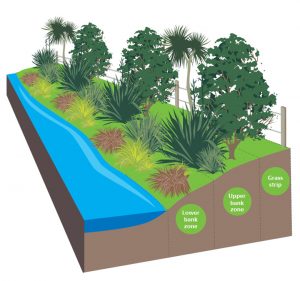
According to Dairy NZ, in the riparian margin between the waterway and fence, there can be up to three zones where planting is useful
Once you have decided where to build your fence, the next step is deciding what to plant and at what spacing.
According to Dairy NZ, in the riparian margin between the waterway and fence, there can be up to three zones where planting is useful.
Tip: Planting the upper and lower banks will improve water quality more than using a grass strip alone.
Look for your your region’s riparian guide to view the table of riparian plants best suited to your region.
Planting by zone
Upper bank zone
The upper bank zone is on higher ground but may still be partially flooded every couple of years. Dairy NZ suggests using flaxes, grasses, shrubs or trees which provide shade and shelter.
Lower bank zone
The lower bank zone is prone to flooding so plants need to be tolerant of waterlogging. Dairy NZ suggest using plants such as sedges and rushes, which are well rooted and can survive many days under water.
Grass strip
Dairy NZ suggests that a grass strip at least one metre wide should be always be left between all fences and waterways to “help filter sediment, phosphorus and faecal bacteria from runoff before it reaches the water.” This grass strip also prevents plants from tripping electric wires or being grazed if the lower banks are going to be planted.
You can find more information on what to plant and where at the Dairy NZ website.
Considerations for riparian planting
Once you have implemented your riparian strategy, be aware that there are three factors that will influence your success:
- Time: . You will need to be patient. What has been done to your waterway over a long period of time cannot be undone quickly. It won’t happen overnight.
- Proximity: What are the farmers upstream doing? This will have a huge impact on what happens in your local waterway. Consider speaking to neighbouring properties about ways you can collectively manage your local ecosystem.
- Weeds: To sustain itself over the long term, the plantings must out-compete any weeds. Plants must form a closed canopy that shades the ground. This will reduce and prevent weed dominance, creating conditions that favour the establishment of new seedlings.
Riparian management can improve both water quality and the habitat for local life. The key to achieving this lies in consistency along the waterway to be sure there is no further contamination across regions, patience to carry on the project over time and careful weed management. With these considerations and continued assessment, your local ecosystem can only benefit.
CONTACT US
Dargaville Branch:
106 Jervois Street
Dargaville 0310
09 439 4005
Whangarei Branch:
8 Proctor Road
Poroti 0179
09 438 3844
IMPORTANT




